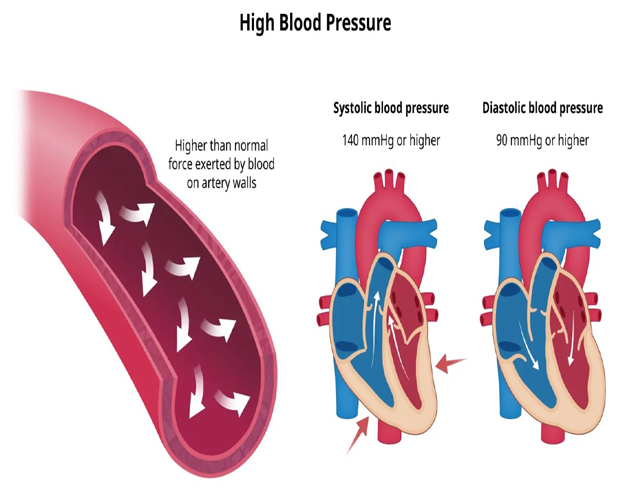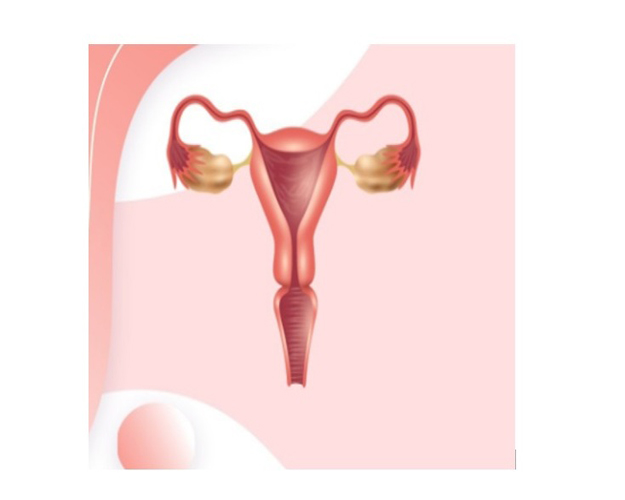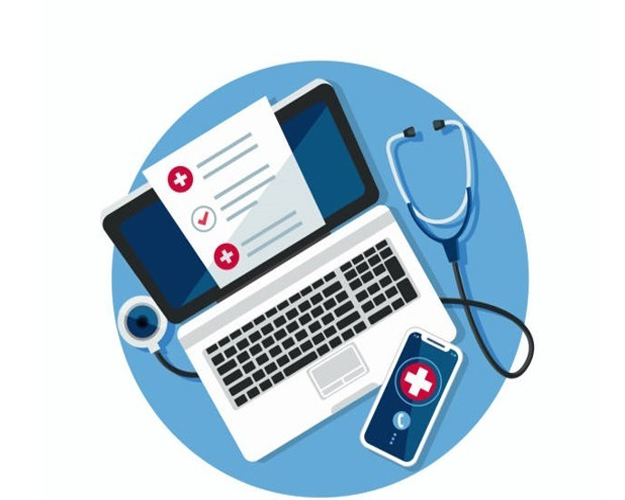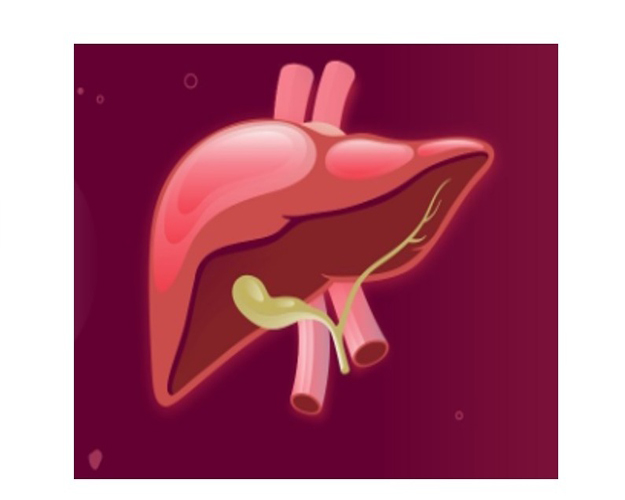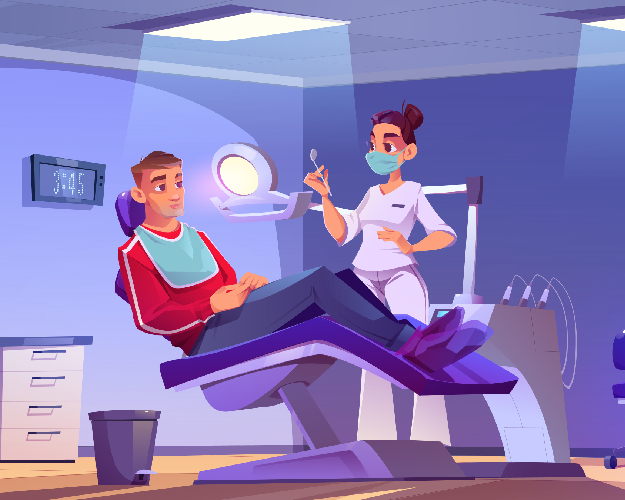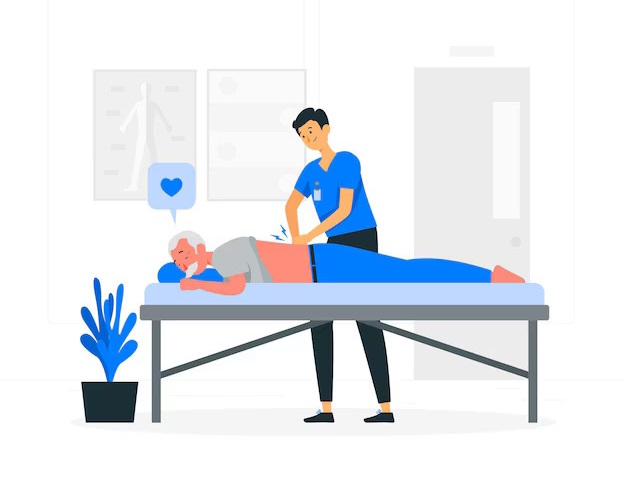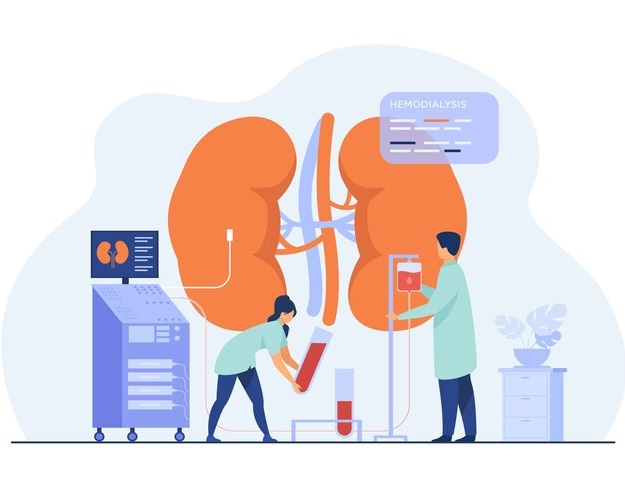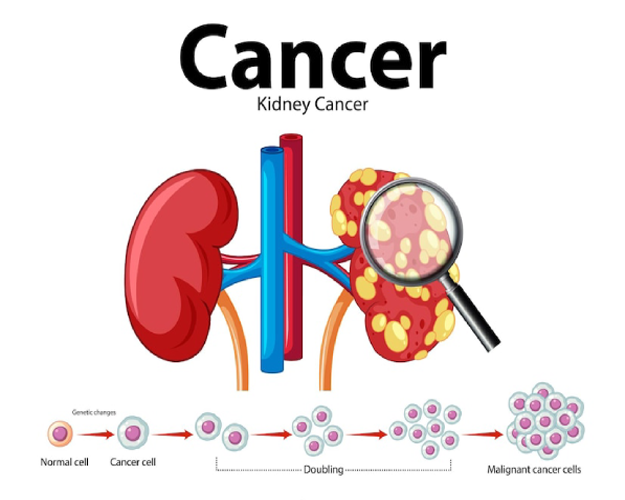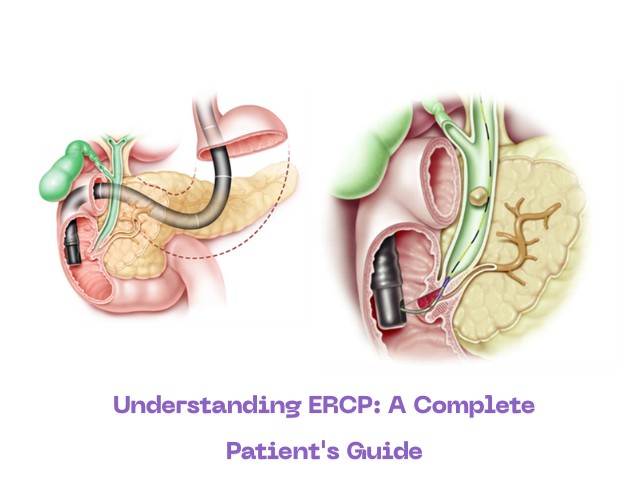
Understanding ERCP: A Complete Patient's Guide
Overview
Endoscopic Retrograde Cholangiopancreatography (ERCP) is a specialized medical procedure combining endoscopy and imaging technology to examine, diagnose, and treat disorders related to the bile ducts, pancreatic ducts, and gallbladder. ERCP is especially useful for patients experiencing symptoms like jaundice, unexplained abdominal pain, or abnormal liver test results, providing both diagnostic clarity and immediate therapeutic options.
What is ERCP?
ERCP, or Endoscopic Retrograde Cholangiopancreatography, is a minimally invasive procedure leveraging an endoscope (a flexible tube with a camera and light) and fluoroscopy (a type of X-ray) to visualize and treat diseases of the bile and pancreatic ducts. During ERCP, the physician can inject dye into the ducts, making them visible on X-ray and allowing precise identification of issues like stones, blockages, strictures, or tumours. This dual diagnostic and therapeutic approach distinguishes ERCP from other imaging-only techniques.
Why is ERCP Performed?
Doctors perform ERCP to both diagnose and treat several conditions:
1. Removal of gallstones or bile duct stones causing obstruction or infection.
2. Treatment of narrowed or scarred ducts (strictures) arising from conditions such as chronic pancreatitis or primary sclerosing cholangitis.
3. Dilation of strictures and insertion of stents to ensure drainage in the presence of blockages, including those from tumours.
4. Collection of tissue samples for biopsy when a tumour or malignancy is suspected.
5. Additional indications may include sphincter of Oddi dysfunction and management of leaks or injuries to the bile or pancreatic ducts (often post-surgical).
6. Non-invasive imaging tests like MRCP or EUS are increasingly used for diagnosis, with ERCP primarily reserved for therapeutic interventions or complex cases.
How is ERCP Performed?
ERCP is typically conducted in a hospital or specialized endoscopy centre by a gastroenterology specialist:
1. Sedation or anaesthesia is administered for comfort. Monitoring of vital signs occurs throughout the procedure.
2. The endoscope is gently guided through the mouth, oesophagus, and stomach to the duodenum (the first part of the small intestine).
3. A contrast dye is injected into the bile and pancreatic ducts via a small catheter, enabling detailed X-ray imaging.
4. Based on findings, therapeutic measures such as stone extraction, sphincterotomy (cutting a muscle to improve drainage), stent placement, or tissue biopsy may be performed, all within the same session.
5. The typical duration is between 30 and 90 minutes, depending on the complexity of the case.
How do I Prepare for ERCP?
Following proper preparation is crucial for ERCP safety and effectiveness:
1. Do not eat or drink anything (including water) for at least 6-8 hours before the procedure.
2. Continue taking blood pressure, heart, or seizure medication with a small sip of water if approved, but stop certain blood thinners or diabetes medications as instructed by the doctor.
3. Arrange safe transportation home since sedative effects can linger; patients cannot drive themselves afterwards.
4. Wear comfortable clothing and leave valuable possessions at home. Bring a list of current medications.
5. Notify the healthcare provider about any major health changes, new medications, or allergies—especially to contrast dyes or anaesthesia components.
It is important to tell your doctor if you have obstructive sleep apnoea, other lung conditions or heart conditions prior to your procedure?
Always inform the medical team if there is a history of:
1. Obstructive sleep apnoea
2. Other respiratory or lung disorders (e.g., COPD, asthma)
3. Cardiac conditions (e.g., arrhythmias, heart failure, prior heart attacks)
These conditions can increase the risk of anaesthesia complications or affect monitoring strategies during sedation. Disclosing this information ensures the team implements suitable precautions for safety during and after ERCP.
What Should I Expect in the Endoscopy Suite?
When arriving for ERCP:
1. The healthcare team will review medical history and current medications, secure IV access, and answer any last-minute questions.
2. Sedation or anaesthesia will be given, making the procedure painless and minimizing memory of the event.
3. Throughout the ERCP, heart rate, oxygen level, and blood pressure will be closely monitored. Occasional sensation of bloating or stretching is common.
4. Following the procedure, a recovery period of 1–2 hours is typical. Patients are monitored for signs of complications, and discharge instructions will be reviewed carefully.
What are the Possible Complications of ERCP?
Though ERCP is generally safe, complications may occur in 5–10% of cases, so understanding the risks is essential:
1. Pancreatitis: Acute inflammation of the pancreas and the most common complication, occurring in up to 10% of patients.
2. Infection: Such as cholangitis (bile duct infection) or, less commonly, gallbladder or bloodstream infections.
3. Bleeding: Especially if a sphincterotomy is performed.
4. Perforation: A rare but serious complication where a tear forms in the intestines or ducts.
5. Sedation risks: Including breathing difficulties, allergic reactions, or heart problems.
6. Most mild side effects like sore throat, bloating, or mild abdominal pain resolve quickly, but severe abdominal pain, fever, or vomiting require immediate medical attention.
When Should I Call My Doctor?
After ERCP, immediate communication with a physician is warranted if there are:
1. Severe and worsening abdominal pain
2. Persistent nausea or vomiting, especially if vomiting blood
3. Signs of infection such as fever, chills, or jaundice
4. Bleeding from the rectum
5. Difficulty breathing or swallowing
Prompt attention to these symptoms ensures that any serious complication is addressed quickly, minimizing health risks.
In summary, ERCP is a powerful tool for diagnosing and treating hepatobiliary and pancreatic diseases, combining advanced imaging and therapeutic techniques. Proper preparation, awareness of potential risks, and clear communication with the healthcare provider can help ensure both the safety and effectiveness of this important procedure.

